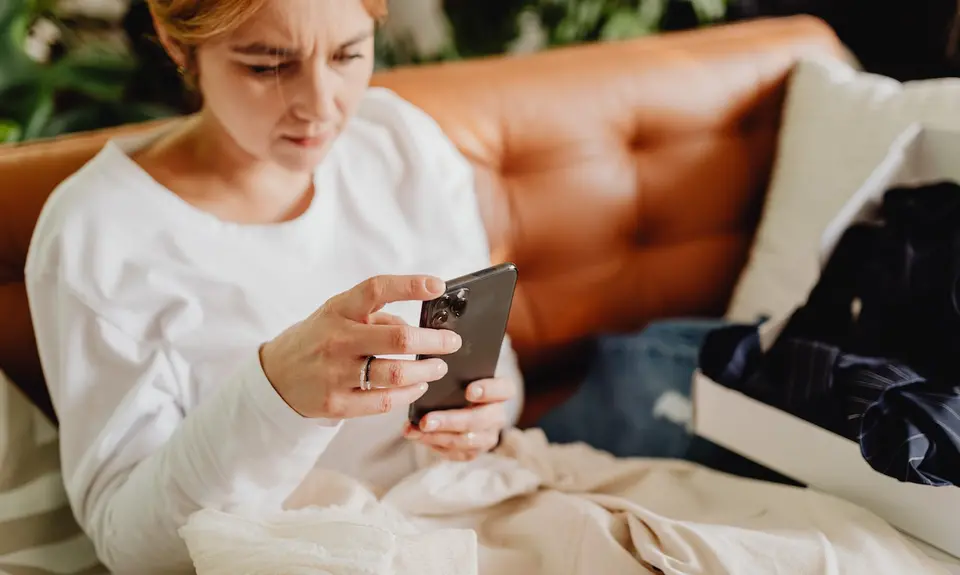My grandfather thought that PBS Newshour was so boring he nicknamed it PBS “SnoozeHour,” but he also thought it was so important, he never missed it. Every evening he would sit down in his recliner, look at his watch, and declare that it was “time for SnoozeHour.” Consuming media that informs more than it entertains is an important part of being a good citizen.
Today, however, it feels like staying informed is less an act of our civic duty and more an endurance test against burnout. It doesn’t have to be. I promise. We can all strike a balance between knowing what’s going on in the world and being bogged down by it. So, I want to talk about the challenges I’ve noticed and how I try to keep myself from falling too far down the doomscrolling rabbit hole.
The Volume of News Today Feels Inescapable
I read the news every day. I watch news programs and listen to news radio. I have to in order to do my job, and I choose to because it’s important to me. But even when I turn off the feeds, news still finds me. Friends and colleagues post articles. News alerts are constantly dinging on my phone. The events of the day come up in conversation because everyone else is also inundated with information. It’s not bad by itself, but it can be overwhelming – especially when so much of the news is awful.
Because of all the ways news reaches us today, even when we unplug, we need to take proactive steps to protect our mental health while making good, conscious choices regarding what we’re consuming.
The Difference Between Staying Informed and Doomscrolling
Staying informed is about educating yourself on current events. Doomscrolling is about your most pessimistic inner voice trying to convince you that everything is as bad as the last bad news you read. The sad part is, doomscrolling can feel good while you’re doing it, and staying informed can be incredibly boring. But like choosing a garden salad over a double chili-cheeseburger, doing the boring, healthy thing instead of the thing we know will ultimately come back to haunt us is vital to a healthy life. That means looking at our media habits and making changes.
How I Keep the Balance in My Life
I’ve had to work at this, too. I’ve had to take time to unplug, monitor my own emotions when I’m reading the news, and consciously choose to set down the phone or turn off the TV or step away from a conversation that wasn’t healthy for me. It’s hard, but it makes a difference. Here are some strategies that can help:
- Make Healthy Media Choices. The world is full of sensationalized articles that are ideally designed for doomscrolling. The world also has plenty of intelligent and uplifting stories which can inspire us and improve our moods. It’s up to us to evaluate what we’re consuming, asking ourselves questions like “Does this enrich me?” and “Does this inspire me to make things better or just tell me that things are bad?”
- Focus on What I Can Control. I know it can be a hard sell when it feels like so much is out of our control, but focusing on how I’m taking action and making a difference helps me feel better about the volume of bad news out there. I put away the articles telling me all the problems and I start to think up solutions.
- Remember Why I’m Making Changes. Setting goals is motivating and helps us find direction. I take steps to watch my media intake because I have a goal of being a better, healthier person, husband, and father, as well as a more effective organizer. That all starts with self-awareness and recognition of what we want to see improved.
- Share with People Who Understand. This can be sharing uplifting articles and sharing our desire to have a healthier media diet. We’re in this together. We can help each other make good choices which inspire positive actions.
Media is everywhere today, but it’s still within our power to choose what we consume and to what degree we let it affect us. It’s a challenge, just like choosing the salad over the burger. But, just like our eating habits, it’s an investment in our health and our future.
